Measurement Expressions
August 2005
�
Notice
The information contained in this document is subject to change without notice.
Agilent Technologies makes no warranty of any kind with regard to this material,
including, but not limited to, the implied warranties of merchantability and fitness
for a particular purpose. Agilent Technologies shall not be liable for errors contained
herein or for incidental or consequential damages in connection with the furnishing,
performance, or use of this material.
Warranty
A copy of the specific warranty terms that apply to this software product is available
upon request from your Agilent Technologies representative.
Restricted Rights Legend
Use, duplication or disclosure by the U. S. Government is subject to restrictions as set
forth in subparagraph (c) (1) (ii) of the Rights in Technical Data and Computer
Software clause at DFARS 252.227-7013 for DoD agencies, and subparagraphs (c) (1)
and (c) (2) of the Commercial Computer Software Restricted Rights clause at FAR
52.227-19 for other agencies.
© Agilent Technologies, Inc. 1983-2005
395 Page Mill Road, Palo Alto, CA 94304 U.S.A.
Acknowledgments
Mentor Graphics is a trademark of Mentor Graphics Corporation in the U.S. and
other countries.
Microsoft®, Windows®, MS Windows®, Windows NT®, and MS-DOS® are U.S.
registered trademarks of Microsoft Corporation.
Pentium® is a U.S. registered trademark of Intel Corporation.
PostScript® and Acrobat® are trademarks of Adobe Systems Incorporated.
UNIX® is a registered trademark of the Open Group.
Java™ is a U.S. trademark of Sun Microsystems, Inc.
SystemC® is a registered trademark of Open SystemC Initiative, Inc. in the United
States and other countries and is used with permission.
ii
�
Contents
1
Introduction to Measurement Expressions
Measurement Expressions Syntax ........................................................................... 1-3
Case Sensitivity.................................................................................................. 1-4
Variable Names .................................................................................................. 1-4
Built-in Constants ............................................................................................... 1-5
Operator Precedence ......................................................................................... 1-5
Conditional Expressions..................................................................................... 1-6
Manipulating Simulation Data with Expressions....................................................... 1-7
Simulation Data .................................................................................................. 1-7
Measurements and Expressions ........................................................................ 1-8
Generating Data ................................................................................................. 1-8
Simple Sweeps and Using “[ ]” ........................................................................... 1-9
S-Parameters and Matrices................................................................................ 1-9
Matrices.............................................................................................................. 1-10
Multidimensional Sweeps and Indexing ............................................................. 1-10
User-Defined Functions............................................................................................ 1-10
Functions Reference Format .................................................................................... 1-12
2 Using Measurement Expressions in Advanced Design System
MeasEqn (Measurement Equations Component) .................................................... 2-2
Pre-Configured Measurements in ADS .................................................................... 2-4
Measurement Expressions Examples in ADS .......................................................... 2-8
Alphabetical Listing of Measurement Functions ....................................................... 2-11
3 Circuit Budget Functions
Budget Measurement Analysis................................................................................. 3-1
Frequency Plan .................................................................................................. 3-2
Reflection and Backward-Traveling Wave Effects............................................... 3-3
4 Circuit Envelope Functions
Working with Envelope Data..................................................................................... 4-1
5 Data Access Functions
6 Harmonic Balance Functions
Working with Harmonic Balance Data ...................................................................... 6-1
iii
�
7 Math Functions
8 Signal Processing Functions
9 S-Parameter Analysis Functions
10 Statistical Analysis Functions
11 Transient Analysis Functions
Working with Transient Data..................................................................................... 11-1
12 FrontPanel Eye Diagram Functions
Working with the Eye Diagram FrontPanel ............................................................... 12-2
Index
iv
�
Chapter 1: Introduction to Measurement
Expressions
This document describes the measurement expressions that are available for use
with several Agilent EEsof EDA products. For a complete list of available
measurement functions, refer to the Alphabetical Listing of Measurement Functions
in Chapter 2 or consult the index.
Measurement expressions are equations that are evaluated during simulation post
processing. They can be entered into the program using various methods, depending
on which product you are using. Unlike the expressions described in the Simulator
Expressions documentation, these expressions are evaluated after a simulation has
completed, not before the simulation is run. Measurement expressions can also be
easily used in a Data Display. For more information on entering equations in a data
display, refer to the Data Display documentation.
Although there is some overlap among many of the more commonly used functions,
measurement expressions and simulator expressions are derived from separate
sources, evaluated at different times, and can have subtle differences in their usages.
Thus, these two types of expressions need to be considered separately. For an
overview of how measurement expressions are evaluated, refer to Figure 1-1.
1-1
�
Introduction to Measurement Expressions
Start Simulation
Evaluate Simulator
Expressions
Complete Simulation
Evaluate Measurement
Expressions
Measurement Expressions are
evaluated during simulation
post-processing.
Open Data Display
Evaluate Measurement
Expressions in Data
Display
Measurement Expressions can
also be evaluated in a Data
Display.
Figure 1-1. How Measurement Expressions are Evaluated.
1-2
�
Within this document you will find information on:
• “Measurement Expressions Syntax” on page 1-3
• “Manipulating Simulation Data with Expressions” on page 1-7
• Information on working with different types of data.
• Information specific to entering simulator expressions in your particular
product.
You will also find a complete list of functions that can be used as measurement
expressions individually, or combined together as a nested expression. These
functions have been separated into libraries and are listed in alphabetical order
within each library. The functions available include:
• Chapter 3, Circuit Budget Functions
• Chapter 4, Circuit Envelope Functions
• Chapter 5, Data Access Functions
• Chapter 6, Harmonic Balance Functions
• Chapter 7, Math Functions
• Chapter 8, Signal Processing Functions
• Chapter 9, S-Parameter Analysis Functions
• Chapter 10, Statistical Analysis Functions
• Chapter 11, Transient Analysis Functions
For a complete list of all functions provided in this document, refer to the
Alphabetical Listing of Measurement Expressions in Chapter 2 or consult the index.
Measurement Expressions Syntax
Use the following guidelines when creating measurement expressions:
• Measurement expressions are based on the mathematical syntax in Application
Extension Language (AEL).
• Function names, variable names, and constant names are all case sensitive in
measurement expressions.
• Use commas to separate arguments.
Measurement Expressions Syntax 1-3
�
Introduction to Measurement Expressions
• White space between arguments is acceptable.
Case Sensitivity
All variable names, functions names, and equation names are case sensitive in
measurement expressions.
Variable Names
Variables produced by the simulator can be referenced in equations with various
degrees of rigidity. In general a variable is defined as:
DatasetName.AnalysisName.AnalysisType.CircuitPath.VariableName
By default, in the Data Display window, a variable is commonly referenced as:
DatasetName..VariableName
where the double dot “..” indicates that the variable is unique in this dataset. If a
variable is referenced without a dataset name, then it is assumed to be in the current
default dataset.
When the results of several analyses are in a dataset, it becomes necessary to specify
the analysis name with the variable name. The double dot can always be used to pad
a variable name instead of specifying the complete name.
In most cases a dataset contains results from a single analysis only, and so the
variable name alone is sufficient. The most common use of the double dot is when it is
desired to tie a variable to a dataset other than the default dataset.
1-4 Measurement Expressions Syntax
�
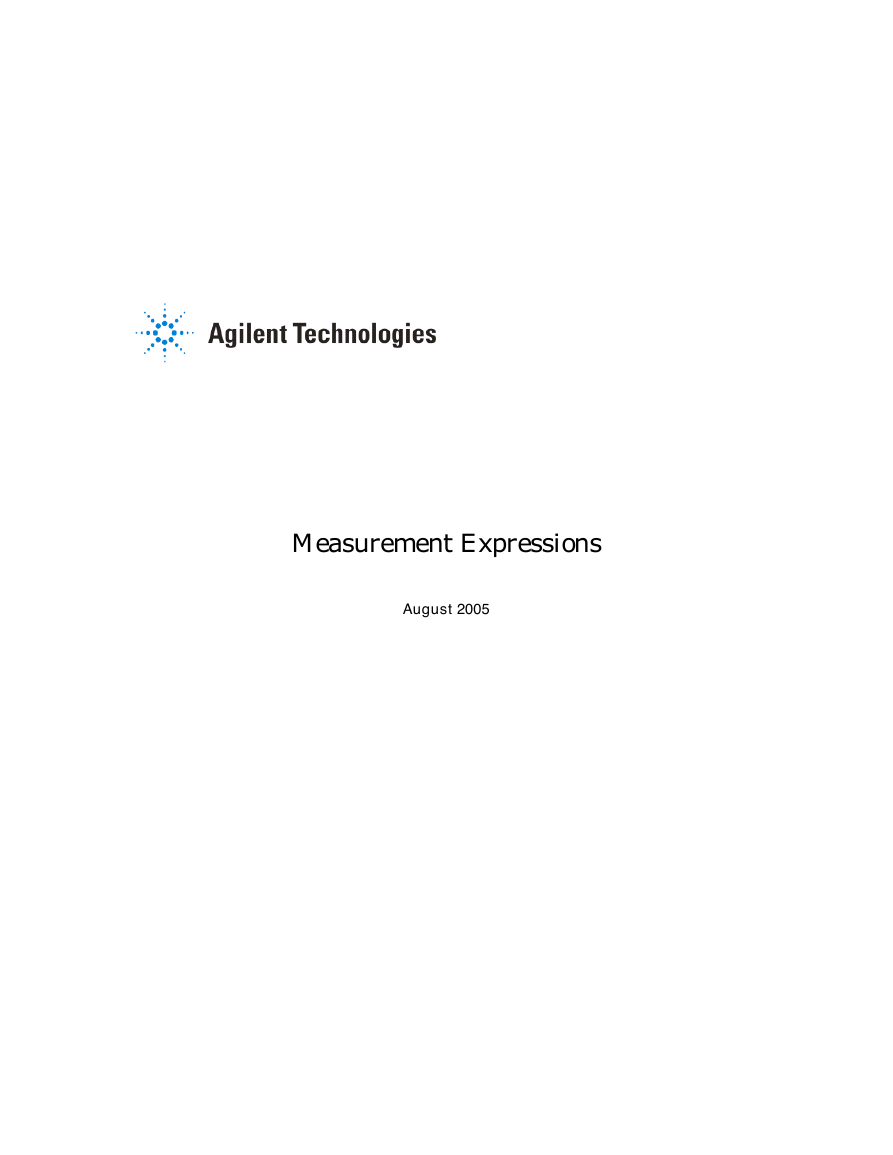
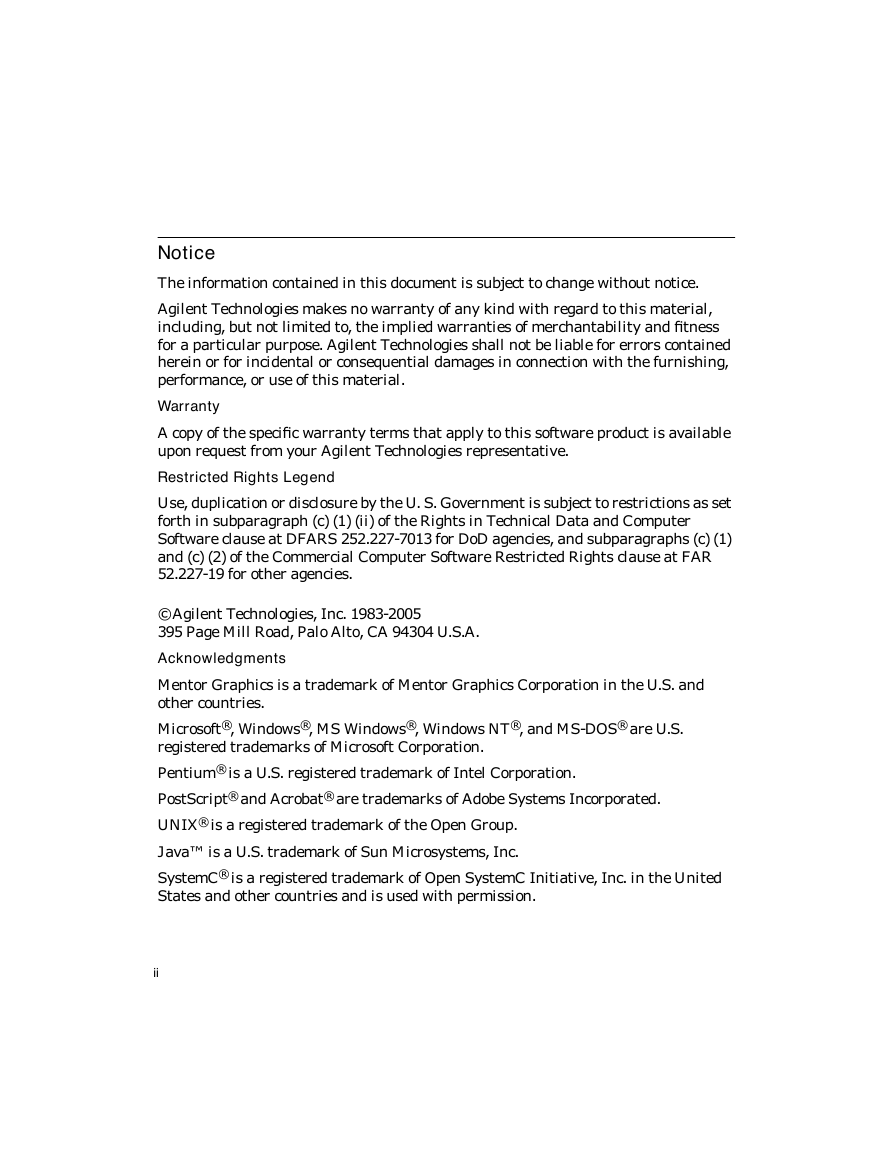
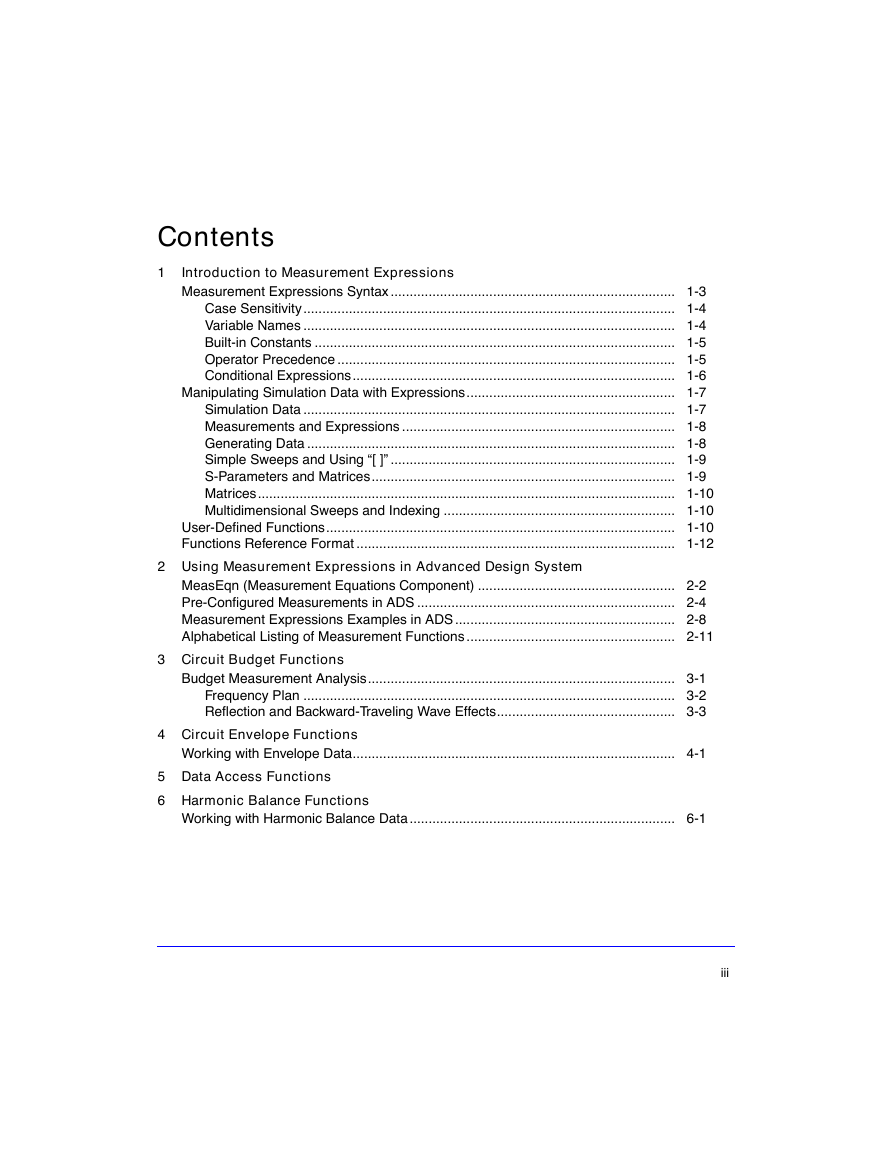
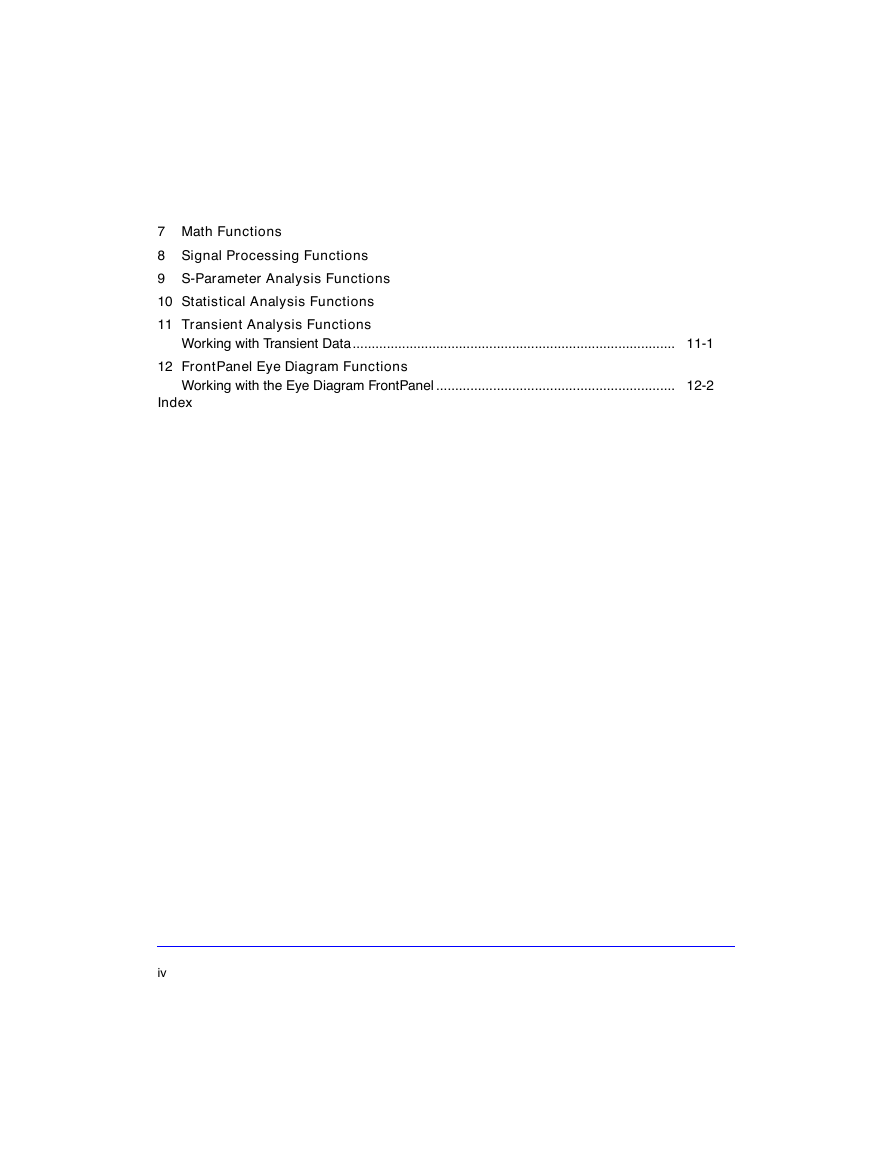
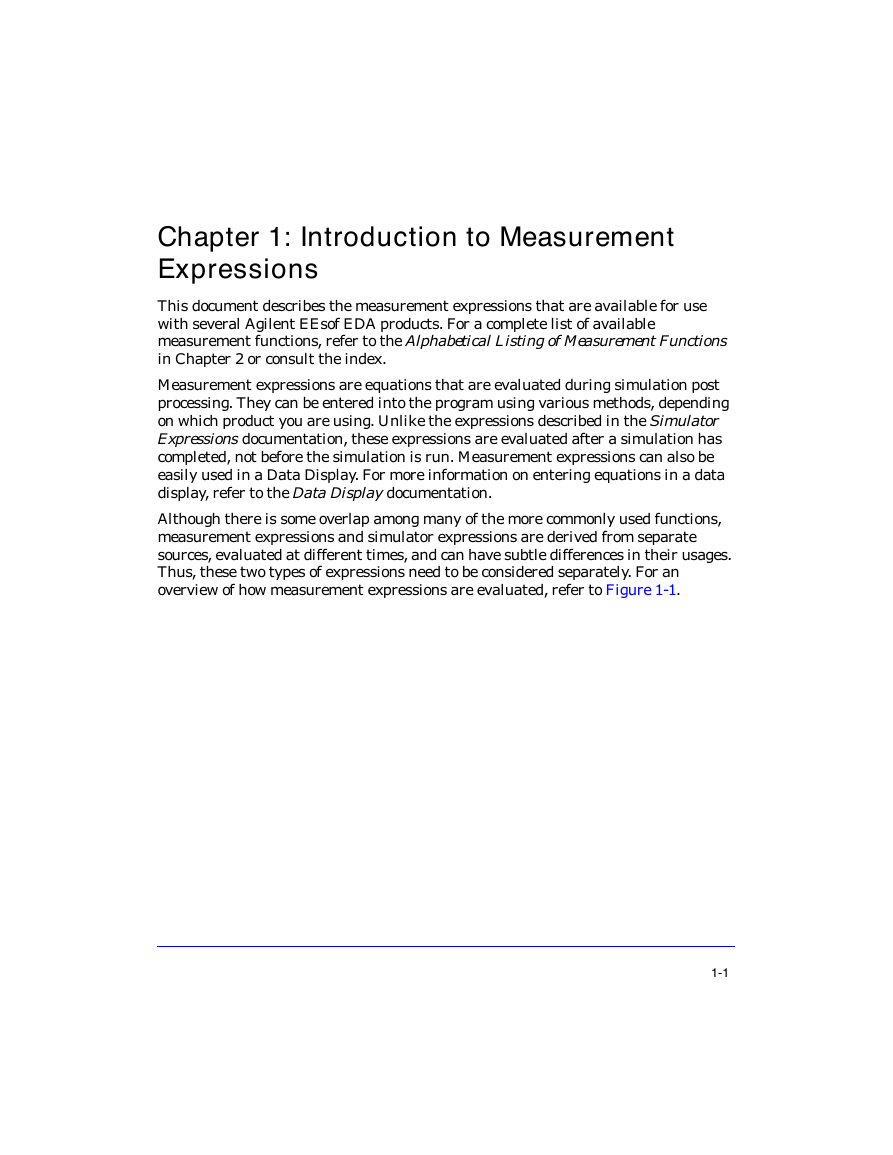

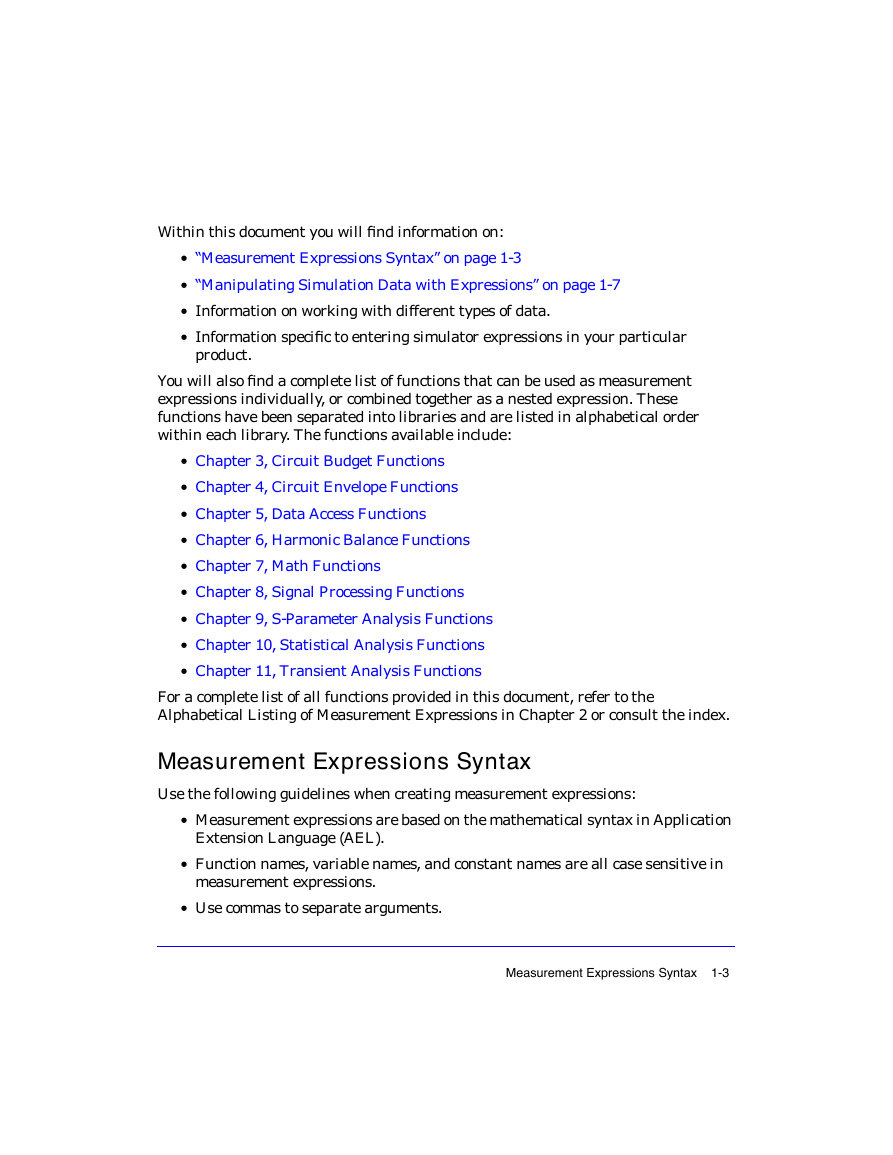









 2023年江西萍乡中考道德与法治真题及答案.doc
2023年江西萍乡中考道德与法治真题及答案.doc 2012年重庆南川中考生物真题及答案.doc
2012年重庆南川中考生物真题及答案.doc 2013年江西师范大学地理学综合及文艺理论基础考研真题.doc
2013年江西师范大学地理学综合及文艺理论基础考研真题.doc 2020年四川甘孜小升初语文真题及答案I卷.doc
2020年四川甘孜小升初语文真题及答案I卷.doc 2020年注册岩土工程师专业基础考试真题及答案.doc
2020年注册岩土工程师专业基础考试真题及答案.doc 2023-2024学年福建省厦门市九年级上学期数学月考试题及答案.doc
2023-2024学年福建省厦门市九年级上学期数学月考试题及答案.doc 2021-2022学年辽宁省沈阳市大东区九年级上学期语文期末试题及答案.doc
2021-2022学年辽宁省沈阳市大东区九年级上学期语文期末试题及答案.doc 2022-2023学年北京东城区初三第一学期物理期末试卷及答案.doc
2022-2023学年北京东城区初三第一学期物理期末试卷及答案.doc 2018上半年江西教师资格初中地理学科知识与教学能力真题及答案.doc
2018上半年江西教师资格初中地理学科知识与教学能力真题及答案.doc 2012年河北国家公务员申论考试真题及答案-省级.doc
2012年河北国家公务员申论考试真题及答案-省级.doc 2020-2021学年江苏省扬州市江都区邵樊片九年级上学期数学第一次质量检测试题及答案.doc
2020-2021学年江苏省扬州市江都区邵樊片九年级上学期数学第一次质量检测试题及答案.doc 2022下半年黑龙江教师资格证中学综合素质真题及答案.doc
2022下半年黑龙江教师资格证中学综合素质真题及答案.doc